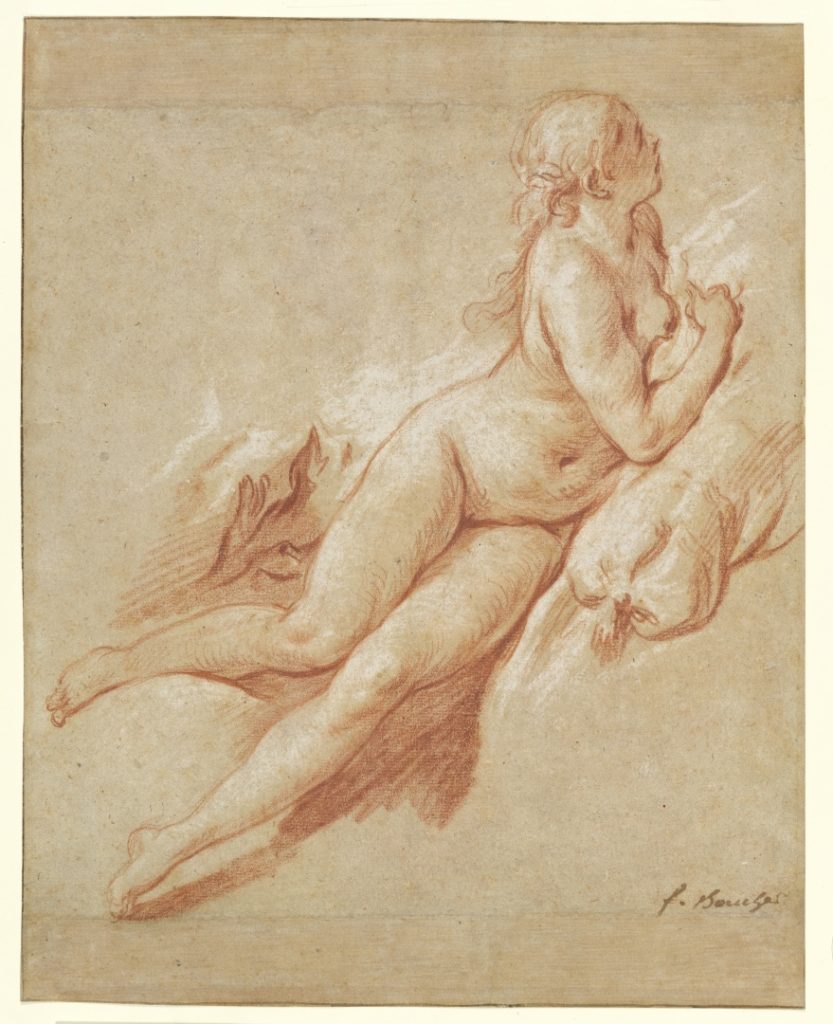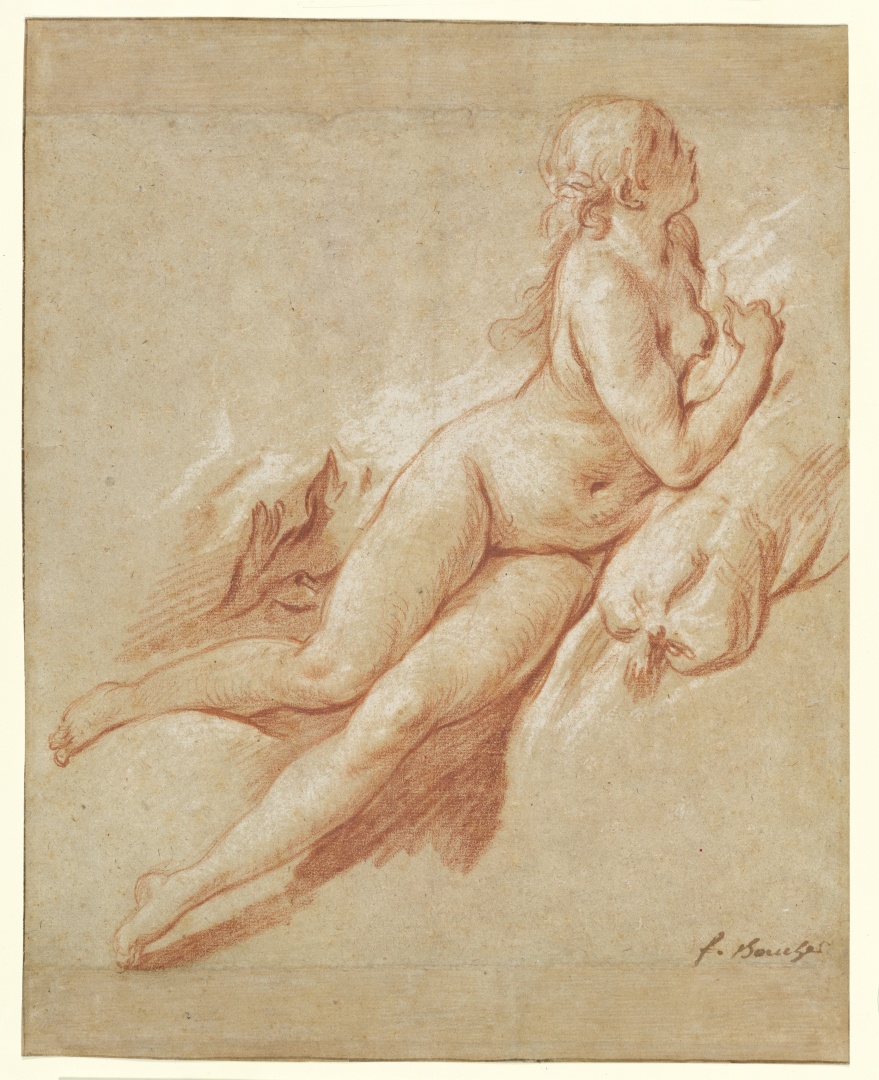An innovative exhibition is currently on display at the Crocker Museum in Sacramento, California, that reunites centuries-old European master drawings from a number of different modern collections along the West Coast. Who are the principal players?
A number of outstanding master drawings on view together for the first time compose an innovative exhibition at Sacramento’s Crocker Museum. Opened on November 13 and on view through February 5, “Reuniting the Masters” is a brilliant display of Old Master drawings borrowed from some of the most prominent art collections on the West Coast.

“By coincidence or by design, drawings by the same artist, for the same project, and even from the same sketchbook, have made their way separately to the West Coast,” the museum reports. “Bringing these long-estranged drawings together again both illuminates the work and process of specific artists in the rich history of European draughtsmanship and also brings forward the history of drawings collectors, from railroad magnates such as E.B. Crocker to Hollywood actors such as Cary Grant and Vincent Price.”
To learn more, visit the Crocker Art Museum.
This article was featured in Fine Art Today, a weekly e-newsletter from Fine Art Connoisseur magazine. To start receiving Fine Art Today for free, click here.








